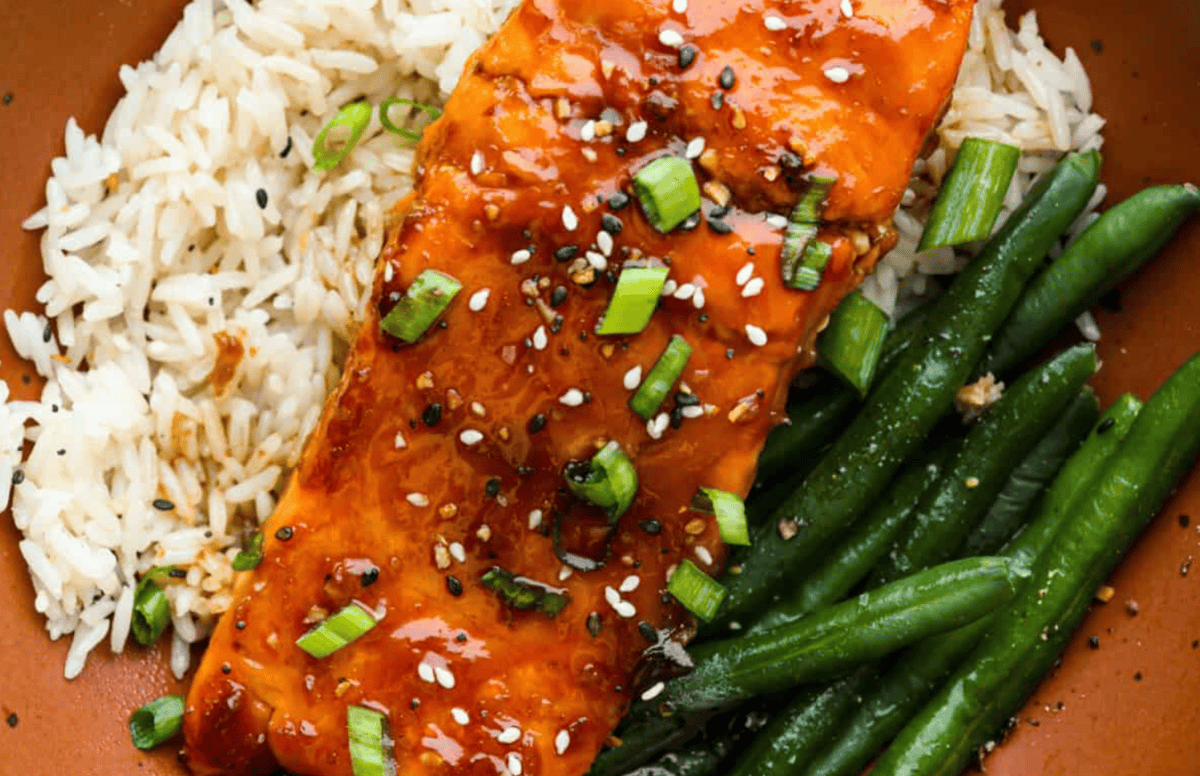Boiled Gyoza (水餃子) is a Japanese-style Chinese dumpling that’s cooked in boiling water instead of pan-fried. A mixture of ground pork and finely chopped vegetables is wrapped in a flour-based dough, then boiled and served with vinegary soy sauce for dipping. While not as common as pan-fried Gyoza in Japan, Boiled Gyoza can often be found at Chinese restaurants and is enjoyed as a lighter, healthier alternative to the crispy, oilier version.
What’s Boiled Gyoza?
Gyoza is thought to have been introduced to Japan more than 100 years ago from Manchuria, but it didn’t really take off until after the 1960s. From there, the dish branched into two familiar styles: Japan’s signature crispy pan-fried gyoza, and the less common but equally delicious boiled gyoza. As gyoza specialty restaurants grew in number, the dumplings also became popular in home kitchens. By the 1980s, frozen gyoza started showing up in supermarkets and convenience stores, making them an easy everyday meal, a quick snack, or even the perfect snack dish with a cold drink.
In Chinese cuisine, dumplings almost always mean boiled gyoza. They’re eaten as a staple food, almost like rice, with chewy wrappers that are both filling and comforting. Dumplings are also considered a lucky food for celebrations such as Chinese New Year, and many families enjoy making them together as part of the tradition.
In Japan, on the other hand, boiled gyoza has a slightly different character. The wrappers are thinner, with a smooth, slippery texture. The filling usually includes ground pork, cabbage, garlic, and garlic chives. Wrapped in delicate skins made from just flour and water, the dumplings are typically dipped in a simple sauce of soy sauce and vinegar, sometimes with a touch of chili for heat. While they can also be served in light, seasoned soups, boiled gyoza is more often enjoyed as a comforting appetizer or side dish, served simply in hot water.




Tips and substitutions for Boiled Gyoza
- Variation of vegetables and meat – Instead of cabbage, different vegetables can be used such as Napa cabbage or garlic chives. If you prefer chicken, use ground chicken instead of pork.
- Homemade or store-bought skins? – If you don’t have time to make homemade skins, that’s totally okay, and use the store-bought ones. The difference is the thickness and texture, but it can be deliciously enjoyable either way.
More recipes like Boiled Gyoza

Gyoza dumplings boiled in hot water instead of pan-fried, served with a tangy vinegar-soy dipping sauce
Ingredients
Pork Filling
- 1/2 cup cabbage (minced)
- 1/8 tsp salt
- 2 Tbsp brown onion (minced)
- 1 tsp ginger root (grated)
- 2 oz ground pork
- 1/8 tsp salt
- 2 tsp sake
- 1 tsp soy sauce
- 2 tsp Katakuriko (potato or corn starch)
- 2 tsp sesame oil
Dipping Sauce
- 1 Tbsp soy sauce
- 1 Tbsp vinegar
- 1/2 tsp chili oil
Instructions
Prepare the Gyoza skins. Combine all the ingredients for the skins, stirring with a spatula. Once the dough comes together, knead it by hand for a couple of minutes. Wrap with plastic wrap and let rest for 30 minutes.
Meanwhile, prepare the filling. Finely mince the cabbage and sprinkle with 1/8 teaspoon salt, let sit for a few minutes, then remove excess moisture with a paper towel. Finely mince the brown onion as well. Grate the ginger root.
In a large bowl, combine the prepared cabbage, onion, ginger and the remaining filling ingredients. Mix well.
Mix all the ingredients for the dipping sauce in a small bowl and set aside.
Divide the Gyoza dough into 15 pieces, then roll out into 3-inch rounds, dusting with flour or starch to prevent sticking. Wrap about 1 teaspoon of filling in each skin, making 15 pieces.
Bring a large pot of water to a boil. Cook the Gyoza for 4-5 minutes. Strain and serve in a dish with some of the cooking water to avoid sticking. Serve with the dipping sauce.
Course: Appetizer, Main Course
Cuisine: Chinese, Japanese
Keyword: dumplings, gyoza











 English (US) ·
English (US) ·